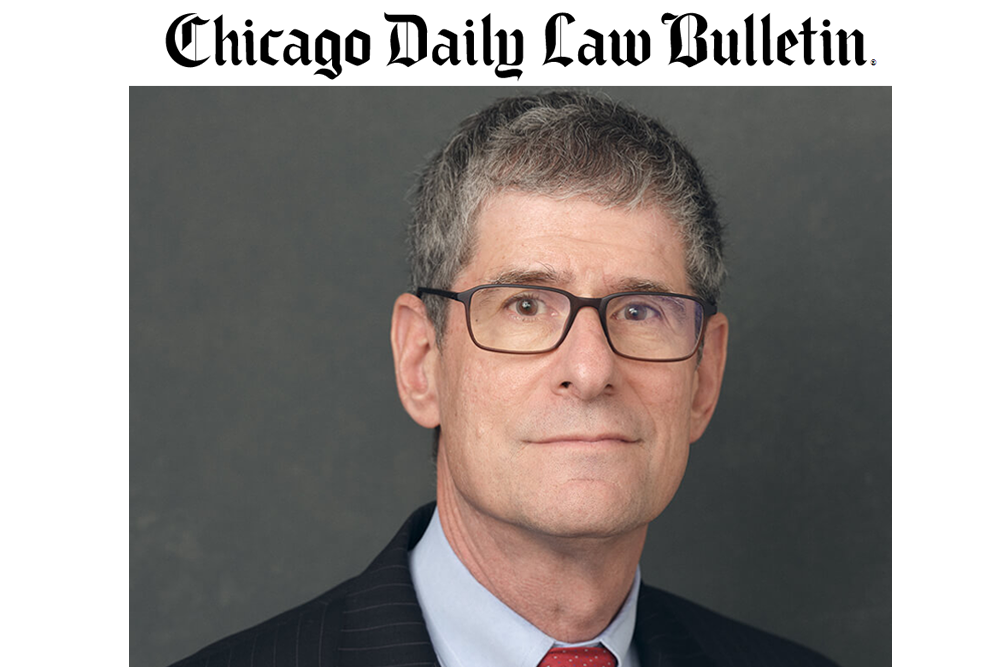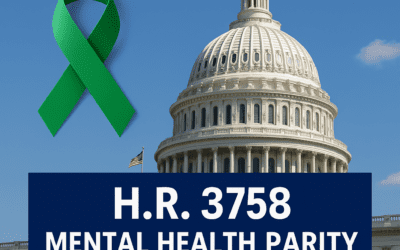Proximate causation is a key issue in tort litigation, but it is also an important issue in accidental death insurance claims, as shown by a recent ruling from a federal court in Texas.
In Lohse v. Unum Life Ins. Co. of Am., 2023 WL 6213440, 2023 U.S. Dist. LEXIS 170650 (E.D. Texas, Sept. 25), the court had to decide an issue of causation relating to the death of an insured who suffered from narcolepsy and who fell asleep while driving, resulting in fatal trauma when his car crashed.
Although death due to natural causes is not compensable under an accidental death insurance policy, the court determined that the circumstances of Jay Lohse’s death triggered an award of benefits since narcolepsy was neither a proximate cause nor a concurrent proximate cause of Lohse’s death.
The policy contained a disease exclusion that precludes recovery of accidental death benefits as to “any accidental losses caused by, contributed to by, or resulting from … disease of the body….” The court cited National Life & Accident Insurance Co. v. Franklin, 506 S.W.2d 765, 768 (Tex.App. — Houston [14th Dist.] 1974, writ ref’d n.r.e.) as guidance to interpreting such a provision.
As Franklin explained, “The words ‘contributed to’ do not serve to allow us to look back along the chain of causation to a remote cause or a cause of a cause.” The court also examined another case, Sekel v. Aetna Life Ins. Co., 704 F.2d 1335, 1337 (5th Cir. 1983), which involved a similar exclusion that barred recovery for death “resulting from any injury caused or contributed by, or as a consequence of, [illness] even though the proximate or precipitating cause of loss is accidental bodily injury.” The court observed that the “even though” clause expands the exclusion to cover a longer chain of causation.
The court pointed out that other courts have taken the same position, citing Kellogg v. Metro. Life Ins. Co., 549 F.3d 818 (10th Cir. 2008), where the insured suffered a seizure immediately prior to crashing his car and dying due to head trauma sustained in the collision.
There, the court concluded that a physical injury was the proximate cause of death and explained, “While the seizure may have been the cause of the crash, it was not the cause of Brad Kellogg’s death.”
The 10th U.S. Circuit Court of Appeals recognized, though, that the policy could have been drafted to exclude losses resulting from accidents that occurred due to an illness.
Here, Unumargued the phrase “contributed to by” in the exclusion encompassed diseases that indirectly lead to the insured’s death, but the court disagreed, finding the “‘contributed to by’ language refers to the loss (the death) without any indication that the terminology would capture indirect causes (such as the narcolepsy that caused the crash that caused the death).”
The court observed that Kellogg had addressed the same argument made by Unum and rejected it, finding such language would be reasonably understood to refer to causes contributing to the death, not the accident.
The insurer also argued that the exclusion requires the decedent to suffer an injury that is the “direct result of an accident unrelated to any other cause,” which it interpreted to be equivalent to the “even though” language. The court rejected that argument as well, finding the policy language fails to clearly indicate “its disease exclusion applies to both proximate and remote causes such as Mr. Lohse’s narcolepsy.”
Hence, the court found, “[T]he policy’s exclusion clause here only bars recovery of benefits based on a proximate cause or concurrent proximate causes, but not more indirect causes.” The court noted that the record failed to establish the decedent’s narcolepsy was a concurrent proximate cause of death; instead, the narcolepsy “was merely a cause of a cause and was too remote to bar recovery.”
Finally, Unum asserted that coverage was barred by a crime exclusion in the policy since the crash occurred because the decedent was reported to have been driving on the wrong side of the road, which Unum characterized as reckless driving.
Although the police report relating to the accident stated that Lohse had been driving on the wrong side of the highway, the court nonetheless concluded that Unum failed to meet its burden of proof in establishing the applicability of the exclusion.
The issue presented in this case is not a new one. The Kellogg case cited in this ruling quoted from an opinion written by William Howard Taft when he served on the 6th Circuit before he went on to serve as vice president, president, and then chief justice of the Supreme Court. In Manufacturers’ Accident Indemnity Co. v. Dorgan, 58 F. 945, 954 (6th Cir. 1893), an accidental death case involving drowning, Taft authored an opinion finding:
“[I]f the deceased suffered death by drowning, no matter what was the cause of his falling into the water, whether disease or a slipping, the drowning, in such case, would be the proximate and sole cause of the disability or death, unless it appeared that death would have been the result, even had there been no water at hand to fall into. The disease would be but the condition; the drowning would be the moving, sole, and proximate cause.”
Thus, accidental death insurers have been on notice for more than 100 years that exclusionary language in their policies which is intended to preclude coverage if a non-fatal medical event leads to a fatal accident needs to clearly state such an intent.
Courts have repeatedly told the insurance industry how to write their policies if they wish their policy exclusions to encompass natural events that trigger a chain of causation leading to death.
If there was truly an intent to bar coverage in cases such as Lohse, the insurer had a roadmap from Sekel and Kellogg on how to write an effective exclusion. Since Unum failed to redraft its policies to clearly state such an intent, the court appropriately barred Unum from rewriting its policy after Lohse’s death.
This article was first published in the Chicago Daily Law Bulletin on October 31, 2023.







